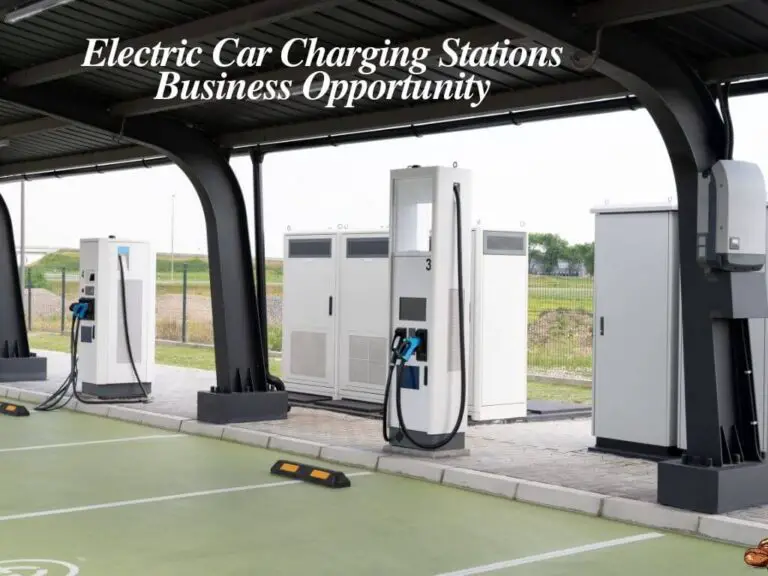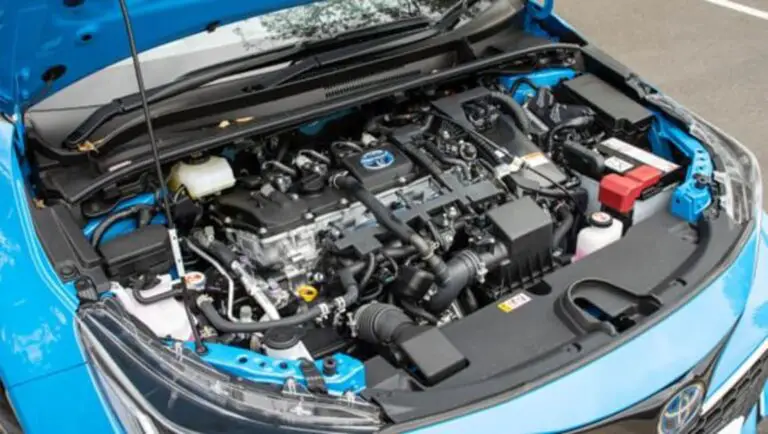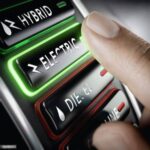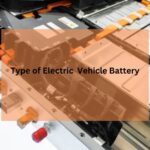Electric vehicles (EVs) are revolutionizing how we think about driving, offering an environmentally friendly and cost-effective alternative to traditional gasoline-powered cars. With advancements in technology and the pressing need to reduce carbon emissions, EVs are no longer a niche choice but a mainstream option, providing a variety of options to fit different lifestyles and driving needs.
In this guide, we’ll explore the different types of electric vehicles available today, from fully electric models to hybrids and hydrogen-powered options. By understanding each type, you can make an informed choice that suits your daily routines, long-term goals, and the driving experience you want. Whether you’re looking for a zero-emission vehicle, a hybrid that combines electric and gasoline power, or something compact for city driving, there’s an electric vehicle out there that can meet your needs and reduce your carbon footprint.
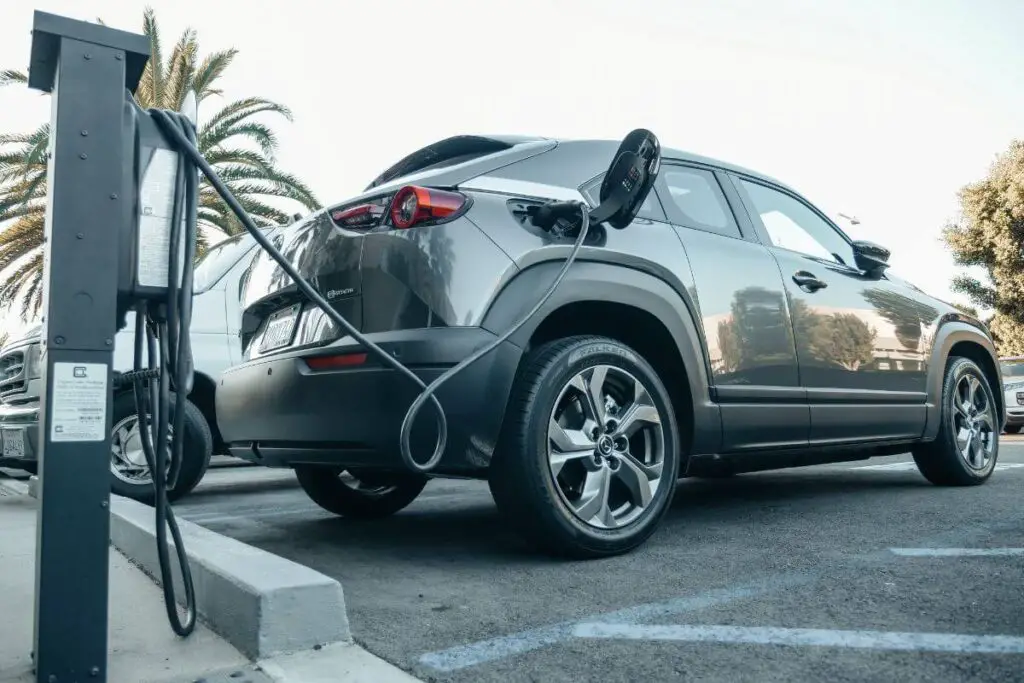
Battery Electric Vehicles (BEVs)
Definition: Battery Electric Vehicles (BEVs) are fully electric vehicles powered exclusively by rechargeable batteries. Unlike traditional cars, they rely solely on electricity stored in their batteries, which is used to run an electric motor.
Key Features:
- Zero Emissions: BEVs produce no tailpipe emissions, making them an environmentally friendly choice.
- Low Maintenance: With fewer moving parts than combustion engines, BEVs require less maintenance and typically incur lower servicing costs.
- Improved Range: Many modern BEVs boast impressive ranges, often exceeding 250 miles on a single charge, making them suitable for daily commuting and longer trips.
- Fast-Charging Capabilities: With access to fast-charging stations, BEVs can be charged quickly, often reaching 80% capacity in around 30 minutes.
Popular Models:
- Tesla Model S: Known for its luxury, performance, and long range.
- Nissan Leaf: A well-rounded, budget-friendly option with solid range and features.
- Chevrolet Bolt: Offers an impressive range and practicality at a competitive price.
Ideal For: BEVs are perfect for daily commuters and environmentally conscious drivers seeking a fully electric driving experience without the need for gasoline.
Plug-in Hybrid Electric Vehicles (PHEVs)
Definition: Plug-in Hybrid Electric Vehicles (PHEVs) combine a rechargeable electric battery with a traditional gasoline engine. They can operate on electric power alone for short distances before the gasoline engine kicks in for longer journeys.
Key Features:
- Flexible Power Options: PHEVs allow drivers to choose between electric and gasoline power, providing flexibility for various driving needs.
- Electric-Only Range: Most PHEVs offer an electric-only range of about 20 to 50 miles, ideal for short commutes and errands.
- Chargeable via Outlet: PHEVs can be plugged in to recharge, which can save on fuel costs.
Popular Models:
- Toyota Prius Prime: Combines efficiency with a comfortable ride and spacious interior.
- BMW 530e: A luxury sedan offering performance and sustainability.
- Mitsubishi Outlander PHEV: A versatile SUV with off-road capabilities and family-friendly features.
Ideal For: PHEVs suit those who want the benefits of electric driving without the range anxiety associated with fully electric vehicles, making them great for long-distance travelers.

Hybrid Electric Vehicles (HEVs)
Definition: Hybrid Electric Vehicles (HEVs) primarily run on gasoline but incorporate an electric motor to improve fuel efficiency. The electric motor is charged through regenerative braking and the gasoline engine.
Key Features:
- Self-Charging: HEVs do not require external charging, making them convenient for drivers who may not have access to charging stations.
- Regenerative Braking: This feature captures energy normally lost during braking to recharge the battery, enhancing efficiency.
Popular Models:
- Honda Insight: Offers a stylish design with excellent fuel economy.
- Toyota Camry Hybrid: Combines comfort and performance with hybrid technology.
- Ford Fusion Hybrid: Provides a smooth ride with a spacious interior and impressive efficiency.
Ideal For: HEVs are great for drivers looking to enhance their fuel economy without needing to charge their vehicle, making them practical for everyday use.
Fuel Cell Electric Vehicles (FCEVs)
Definition: Fuel Cell Electric Vehicles (FCEVs) use hydrogen fuel cells to generate electricity, emitting only water vapor as a byproduct. This technology offers a unique alternative to battery-powered vehicles.
Key Features:
- Quick Refueling: FCEVs can be refueled in just a few minutes, similar to traditional gasoline vehicles.
- Long Range: Many FCEVs can travel comparable distances to gasoline vehicles, making them suitable for longer trips.
Popular Models:
- Toyota Mirai: A pioneering model in the fuel cell market, offering a comfortable ride with advanced technology.
- Hyundai Nexo: Known for its spacious interior and robust features, it’s one of the top choices in the FCEV segment.
Ideal For: FCEVs are ideal for individuals living near hydrogen refueling stations who are interested in cutting-edge technology and sustainable driving.
Extended-Range Electric Vehicles (EREVs)
Definition: Extended-Range Electric Vehicles (EREVs) are electric vehicles equipped with a small gasoline engine that acts as a generator when the battery is low, extending the vehicle’s driving range.
Key Features:
- Dual Power Source: EREVs provide the benefits of electric driving with the added reassurance of a gasoline engine for longer trips.
- Reduced Range Anxiety: Drivers can enjoy the benefits of EVs without worrying about running out of battery during longer journeys.
Popular Models:
- BMW i3 REx: A compact and efficient vehicle that provides a unique blend of electric and gasoline power.
Ideal For: EREVs are suited for drivers who want the benefits of an electric vehicle but also require the flexibility of extended range for longer trips.
Micro-Electric Vehicles (eBikes, eScooters, and Neighborhood Electric Vehicles)
Definition: Micro-Electric Vehicles are small electric vehicles designed for short-distance travel, including eBikes, eScooters, and Neighborhood Electric Vehicles (NEVs).
Key Features:
- Compact and Convenient: These vehicles are ideal for navigating urban environments and require less parking space.
- High Efficiency: Micro-Electric Vehicles are energy-efficient and often have lower operating costs.
Popular Models:
- Rad Power eBikes: Known for their versatility and performance.
- Xiaomi eScooters: A popular choice for urban commuters.
- GEM e4: A small NEV perfect for short local trips.
Ideal For: City dwellers and those looking for eco-friendly options for short commutes or local trips will find micro-electric vehicles particularly appealing.
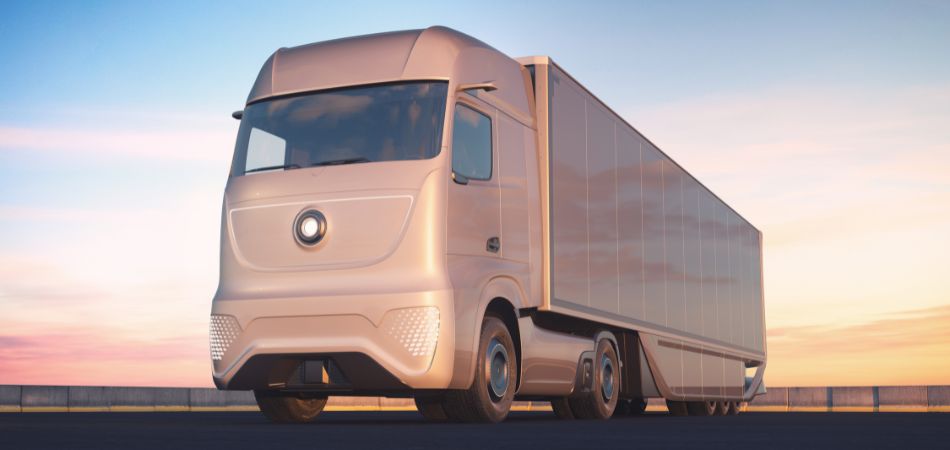
Electric Trucks and Commercial EVs
Definition: Electric trucks and commercial EVs are designed for business and industrial applications, providing solutions for transportation needs in delivery, logistics, and other sectors.
Key Features:
- High Battery Capacity: Designed to carry heavier loads and offer extended driving ranges.
- Cost Efficiency: Electric trucks can lower operational costs for businesses, particularly in fuel and maintenance.
Popular Models:
- Rivian R1T: A groundbreaking electric truck offering rugged features and advanced technology.
- Ford F-150 Lightning: Combines the iconic F-150 design with electric efficiency.
- Commercial options: Various models from companies like Rivian and Mercedes-Benz aimed at business fleets.
Ideal For: Businesses looking to reduce their carbon footprint while improving operational efficiency can benefit significantly from electric trucks and commercial EVs.
Comparison Table of EV Types
| EV Type | Power Source | Emissions | Range | Ideal For |
| Battery Electric Vehicle | Electric Battery | Zero | 200-400+ miles | Daily commuters, eco-conscious drivers |
| Plug-in Hybrid Electric Vehicle | Electric + Gasoline | Low | 20-50 miles (electric) | Long-distance travelers who want flexibility |
| Hybrid Electric Vehicle | Gasoline + Electric | Low | 500+ miles (combined) | Drivers wanting improved fuel economy without charging |
| Fuel Cell Electric Vehicle | Hydrogen Fuel Cells | Water vapor | 300-400 miles | Those near hydrogen stations and tech enthusiasts |
| Extended-Range Electric Vehicle | Electric + Gasoline | Low | 300-400 miles | Drivers needing flexibility for longer trips |
| Micro-Electric Vehicles | Electric Battery | Zero | 10-30 miles | City dwellers and short-distance travelers |
| Electric Trucks and Commercial EVs | Electric Battery | Zero | 100-300+ miles | Businesses looking for sustainable logistics solutions |
Choosing the Right Electric Vehicle for You
When considering which type of electric vehicle suits your lifestyle, think about the following factors:
- Daily Commute: Evaluate your typical driving distance. If you often drive short distances, a BEV or micro-electric vehicle might be ideal. For longer commutes, consider a PHEV or EREV.
- Access to Charging: If you have access to charging at home or work, a BEV might work for you. For those without charging options, a hybrid or plug-in hybrid can provide the flexibility you need.
- Budget: Assess your budget and explore available incentives for electric vehicles. Some states offer tax credits for purchasing EVs, which can make the initial investment more manageable.
- Environmental Goals: Consider your commitment to reducing your carbon footprint. Fully electric vehicles like BEVs and FCEVs produce zero emissions, while hybrids and PHEVs offer lower emissions than traditional gasoline vehicles.
Conclusion: Drive Toward a Greener Future
As we explore the different types of electric vehicles available, it’s clear that there’s an option for everyone, whether you’re a daily commuter, a long-distance traveler, or someone looking to make eco-friendly choices. Each type of EV offers unique benefits tailored to different driving needs, paving the way for a sustainable future.
We encourage you to test drive different types of electric vehicles to see which one fits your lifestyle best. With ongoing advancements in EV technology and government incentives making them more accessible, now is the perfect time

